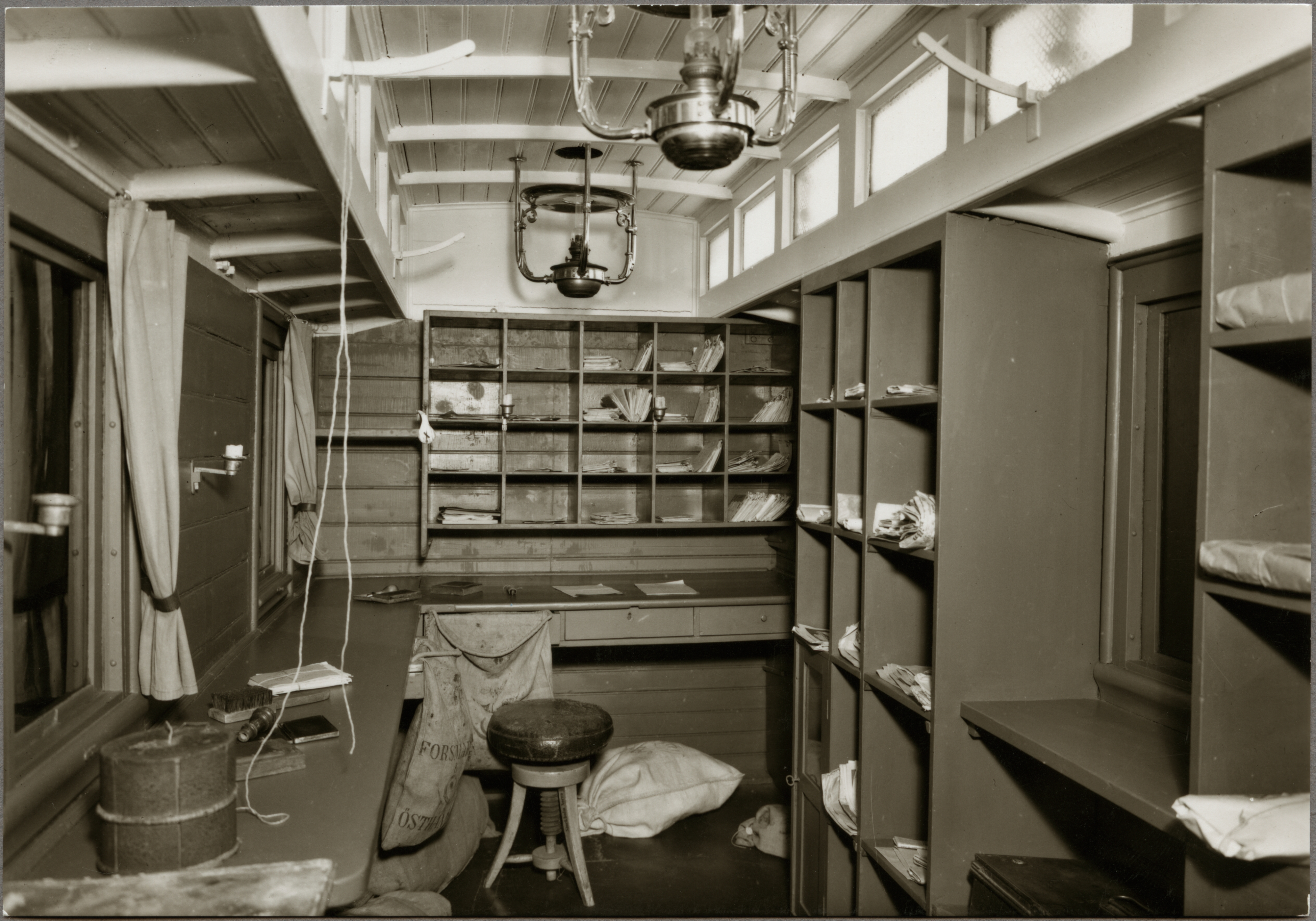
1996 - Onboard Postal Sorting Comes to an End
The Royal Swedish Post Office quickly recognised the benefits of using railways for mail delivery. As the railway network expanded, mail could be distributed across the country more swiftly. Initially, wooden mail crates guarded by postal attendants were carried on trains, and sorting was carried out at post offices set up in station buildings.
Sorting Compartments Established on Western and Southern Main Lines
In 1862, when the Western Main Line was inaugurated, two postal sorting compartments were introduced—one each for the Stockholm–Hallsberg and Hallsberg–Gothenburg routes. By the following year, the entire stretch from Stockholm to Gothenburg could be travelled in 10–11 hours, allowing the same staff to work the whole journey. The two compartments were merged into one. Later, when the Southern Main Line opened, it too was equipped with a postal compartment. Attendants collected mailbags at different stations and began sorting immediately so the mail would be ready to unload at the next stop. Besides the letterboxes mounted on the station buildings, post vans also had mailboxes along their sides.
Streamlining and Modernisation
The first railcars used by the Post Office were converted third-class passenger coaches, and by 1863 specially outfitted mail coaches were in service. Over time, these coaches were upgraded with better lighting, heating, and space. Sorting machines marked the beginning of a push toward greater efficiency. Eventually, mail was gathered and sorted in large postal terminals, making onboard sorting unnecessary. In 1996, all mail sorting on trains officially ended.